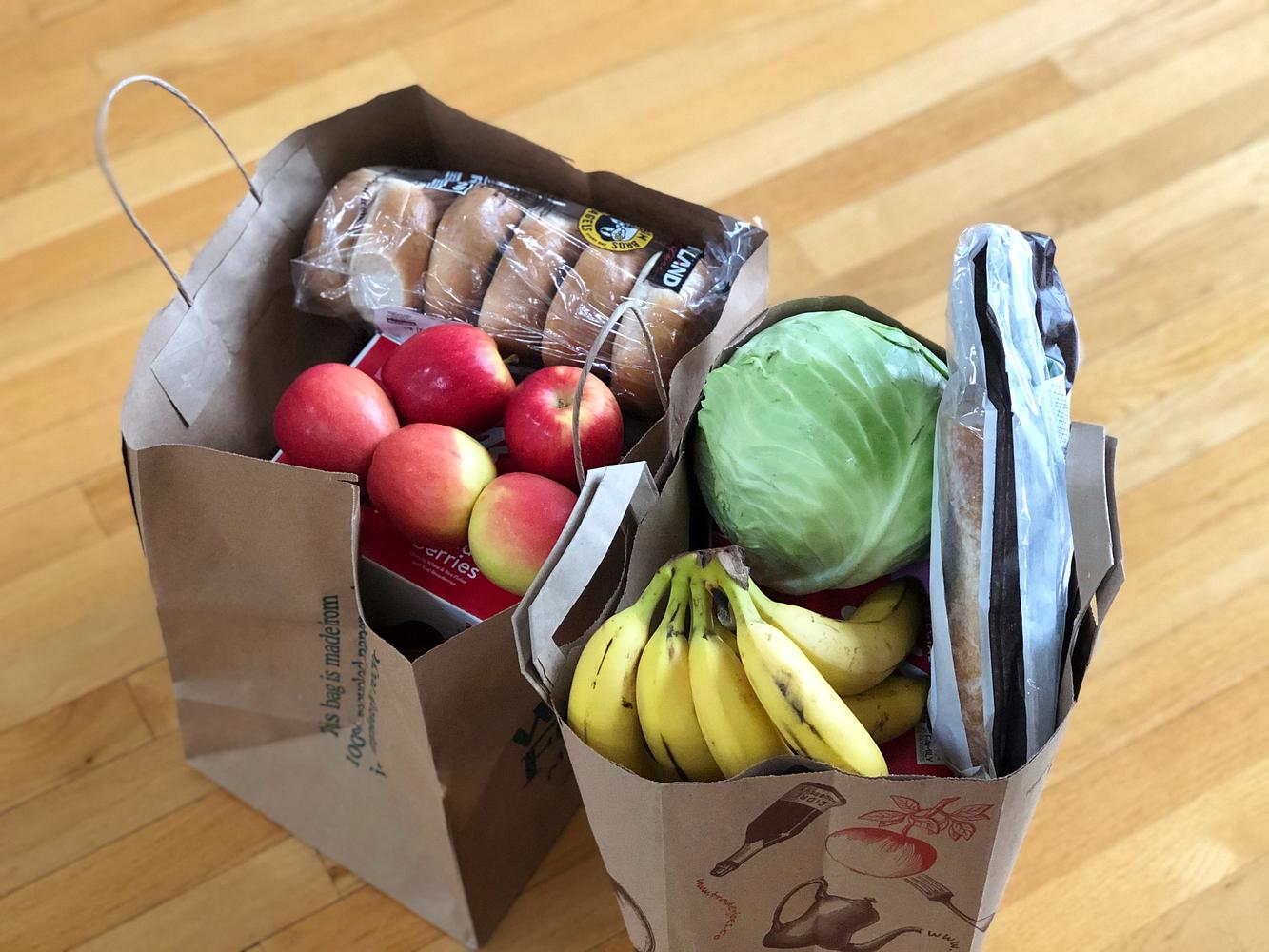The Future of Food: How to Feed a City in 2050

If you think the world of food is changing now, just wait until 2050. The UN predicts that by this time, there will be 70% more city dwellers than there are today. In addition, demand for food will continue to grow with the world’s population set to hit 9 billion people by the end of this century. Therefore, cities will need to come up with new solutions on how to feed their inhabitants. In this article, we take a look at some of the most interesting trends that are coming our way in the area of food and beverage over the next few decades. How will they impact our eating habits and what changes can we expect? Read on to find out!
Words to Know Before You Read This Article
- Food Waste - Food waste is food materials that are discarded or lost due to improper storage, preparation, or spoilage. Globally, about one-third of food produced is lost or wasted. In industrialized nations, most food loss occurs at the harvest and processing stages when the food is not sold or used, but lost. In developing countries, such as in Africa, food is lost during harvesting, post-harvest processing, packaging, and transportation.
- Food Security - Food security exists when all people, at all times, have physical, economic and access to food that meets their dietary needs and tastes. A lack of food security is identified by low food availability, poor access to food, malnutrition and starvation.
- Microbiome - The microbiome is the collective genes of microbes that live on and inside our bodies. It is the term used to describe the 50 trillion bacterial cells and one trillion human cells that inhabit the body. These microbes are essential for our survival and play a role in regulating our immune system, digestion and metabolism.
- Organic Food - Organic food refers to produce and meat that has been grown and processed without the use of synthetic pesticides or chemical fertilizers. It is also not genetically modified. Organic food is often perceived as healthier and better for the environment than conventional food.
Urban Agriculture
This is the practice of growing plants and crops in a city or urban setting. It is mainly done in rooftop gardens, on terraces, and even in indoor environments such as greenhouses and vertical farms. Urban agriculture is not a new concept. In fact, it is believed that many ancient civilizations such as the Chinese and the Aztecs practiced it. However, only recently has it seen a resurgence in cities around the world. Urban agriculture brings with it many benefits.
These include:
These include:
- Reduction in food waste and loss,
- Growing healthier food due to reduced exposure to pesticides and increased access to organic produce,
- Positive impact on the environment due to reduced carbon emissions,
- Reduction in food prices
- An increased feeling of well-being and connection to nature among residents.
Food From Labs
'Food from labs' is the term used to describe synthetic or cultured meat and other meat products that are grown and manufactured in a lab environment. It is expected that lab-grown or synthetic meat could be commercially available as early as 2021. This is a result of significant investment in research and development of cultured meat (CM). It's not just meat that is being cultured. Other foods such as milk, cheese, eggs, and seafood have also seen a growth in their production in labs. This is due to their increasing demand from consumers and the negative impact that livestock farming has on the environment.
Responsible Meal Choices
This is the practice of considering the environmental, social, and ethical impact of our food choices.
In recent years, many consumers have become aware of the impact that their eating habits have on the world around them. As a result, they have become increasingly interested in making responsible meal choices.
This includes making sustainable dining choices that help reduce their carbon footprint and support ethical and sustainable food sources.
In recent years, many consumers have become aware of the impact that their eating habits have on the world around them. As a result, they have become increasingly interested in making responsible meal choices.
This includes making sustainable dining choices that help reduce their carbon footprint and support ethical and sustainable food sources.
Fresh food delivered to your doorstep
Fresh food delivered to your doorstep is not a new concept. In fact, it is already being done by most supermarkets. However, it is expected that delivery of fresh produce will become even more widespread in the coming years - this is due to the fact that it is a convenient way to buy fresh produce. Consumers are increasingly interested in convenience and could choose to buy fresh produce delivered to their homes. This could be in the form of home-delivery services or a subscription-based service. Fresh produce is expected to become even more accessible thanks to technological advances such as urban agriculture, indoor farming, and drones that can be used to make deliveries.
The Bottom Line
All of these trends make it clear that the world of food is changing. It will be interesting to see how these changes will impact our daily lives and what new eating habits we will have as a result. These trends will likely transform the way we eat and provide us with healthier and tastier options.
If you'd like to join one of the companies working on the future of food, browse their job offers
If you'd like to join one of the companies working on the future of food, browse their job offers